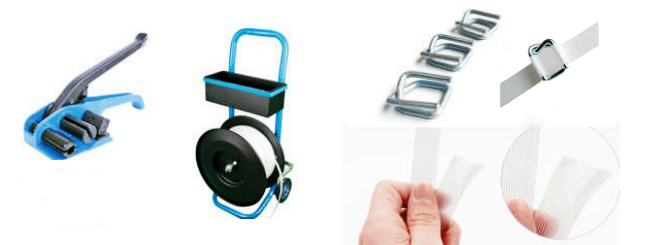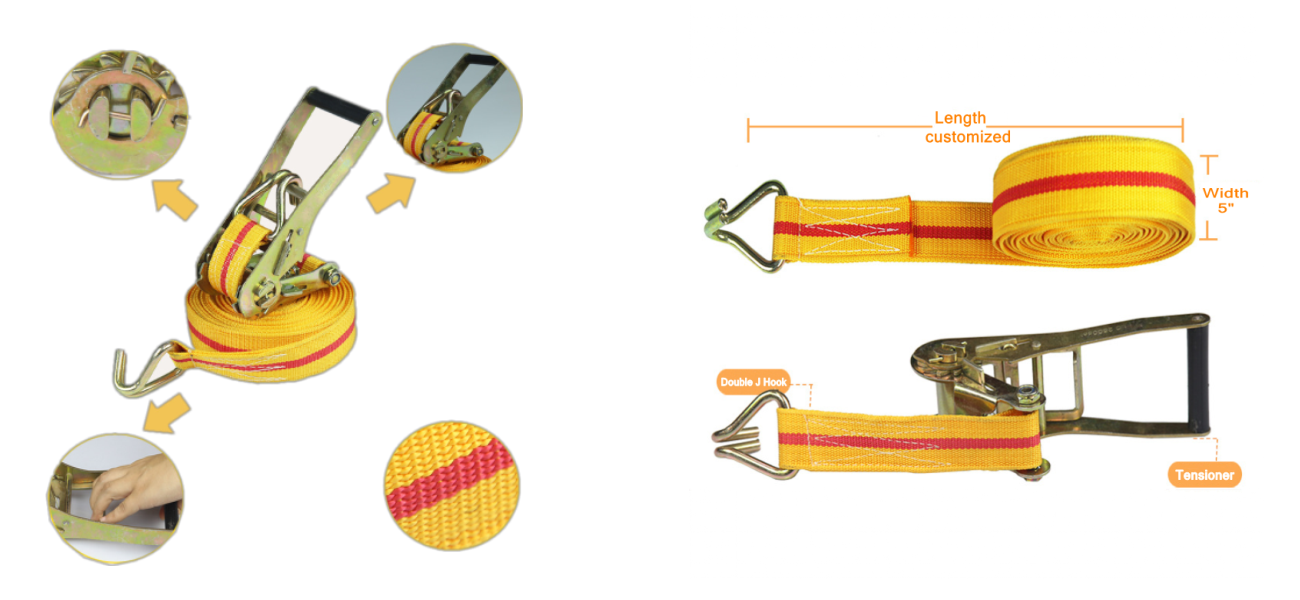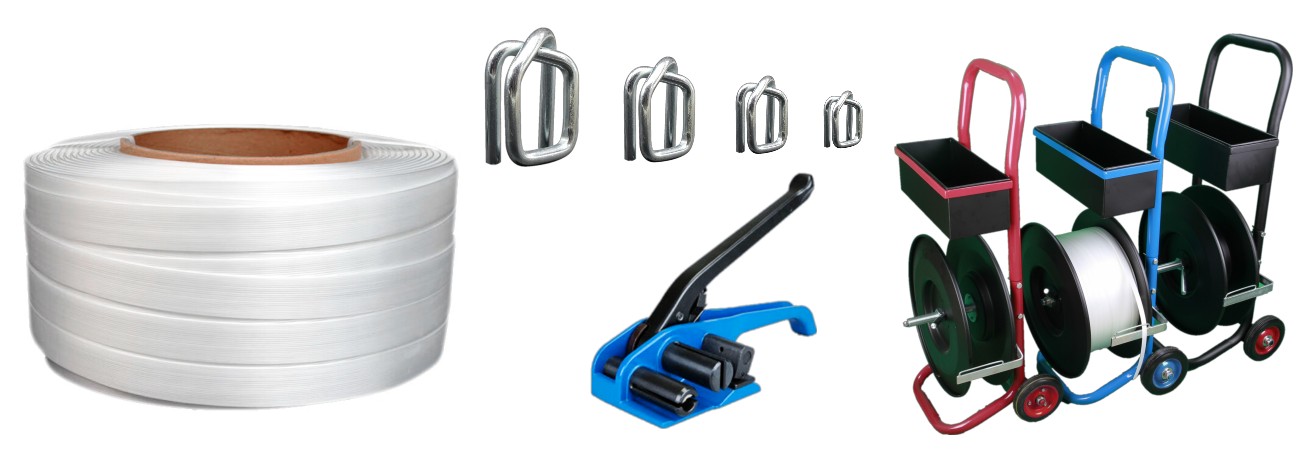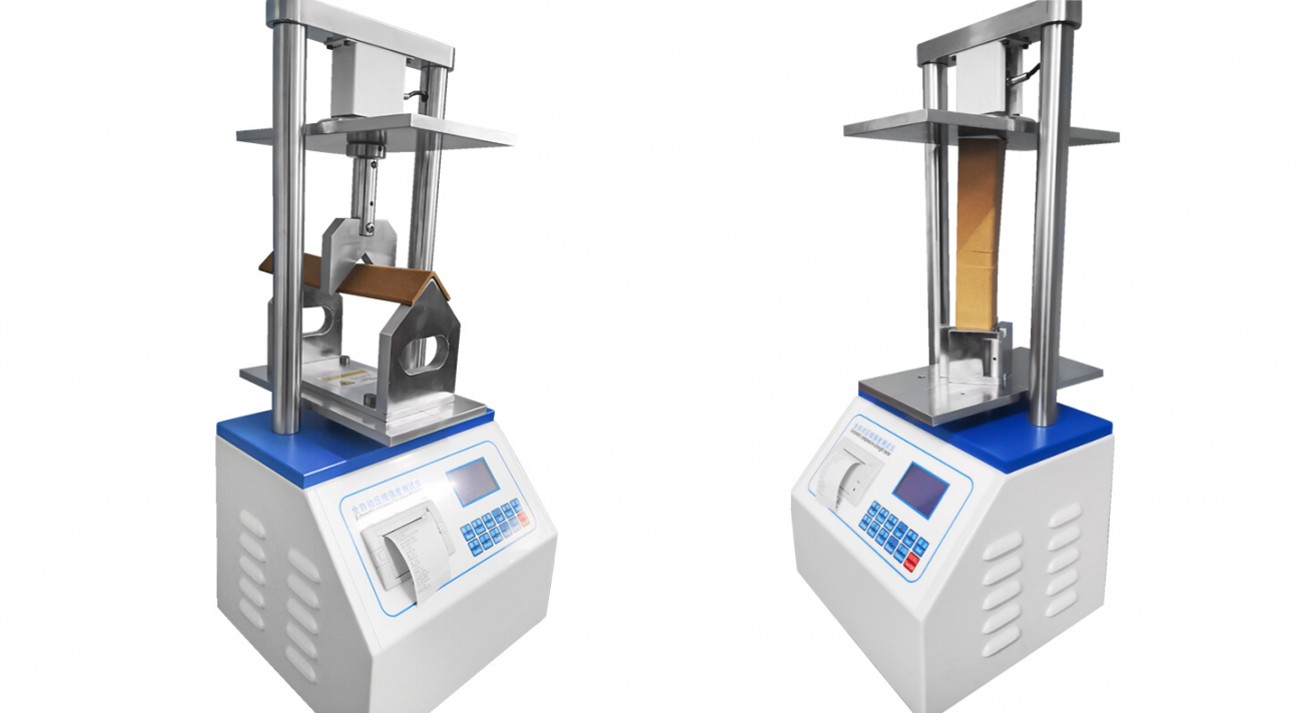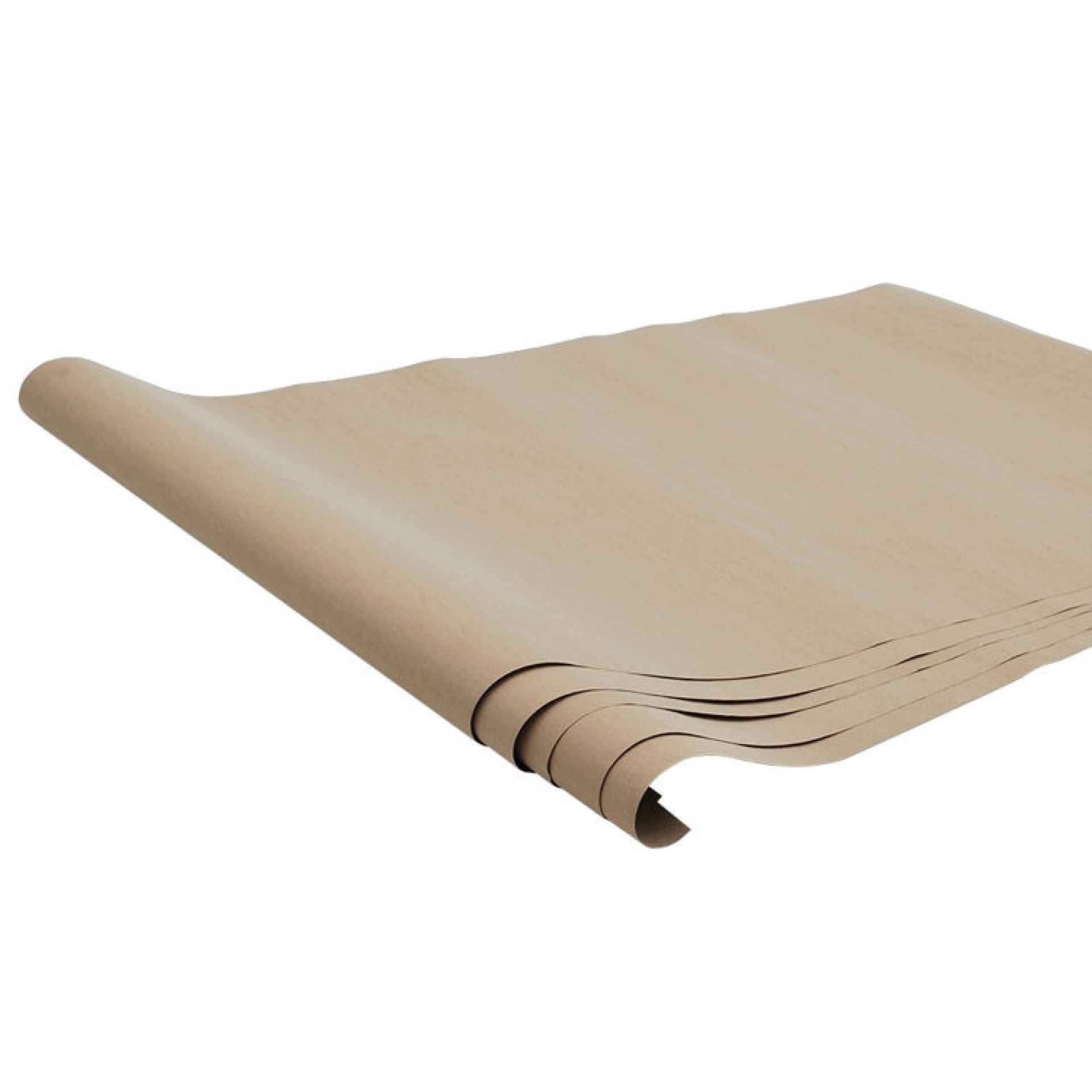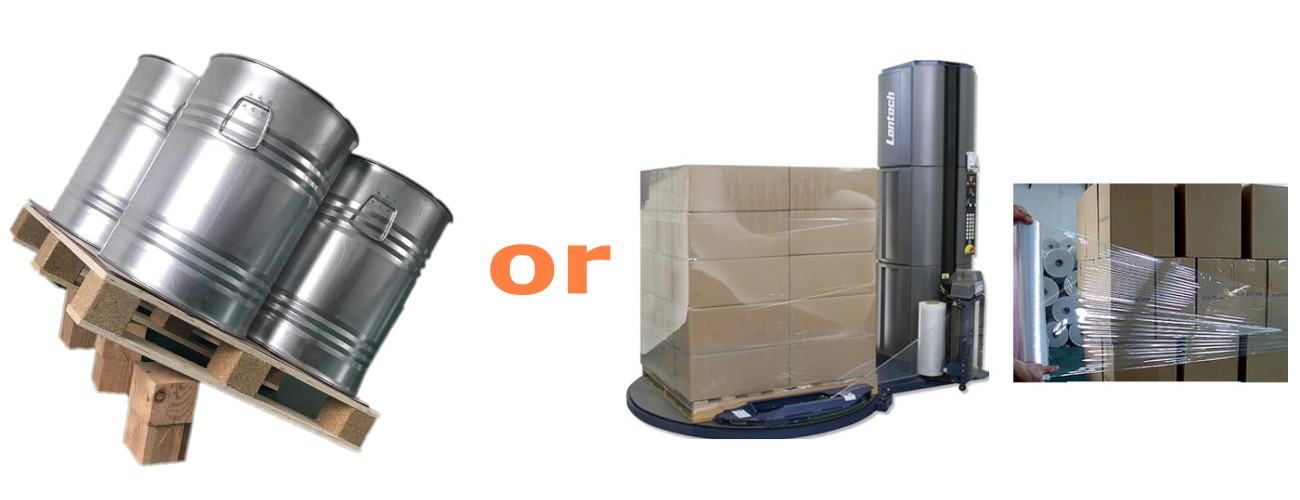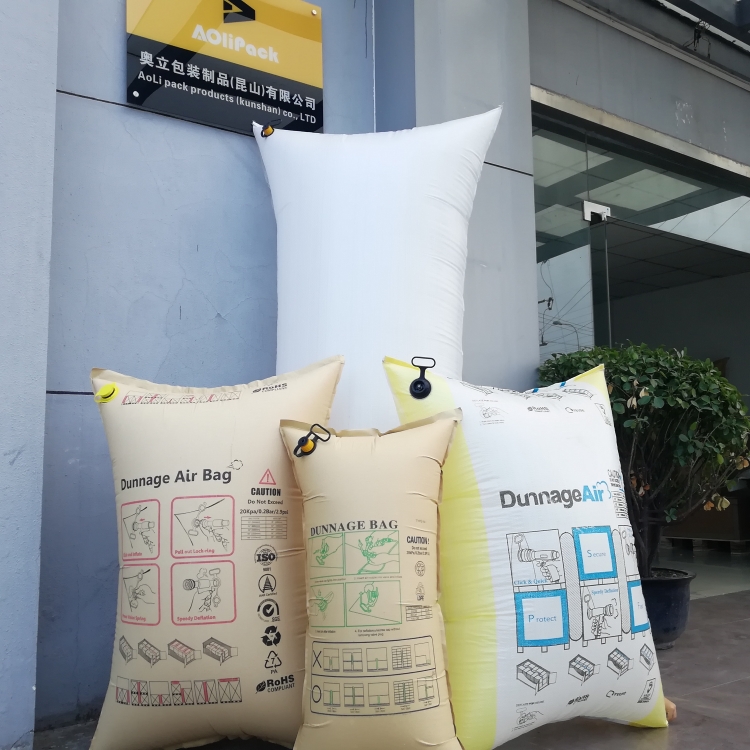How to choose a suitable cargo load bar for your specific goods?
1. Select the cargo bar based on its material.
Aoli pack produce two materials of Cargo Bar, one is steel, the other is aluminum.
Steel Cargo Load Bar: made of galvanized steel pipe or carbon steel material, with strong load-bearing capacity (such as a single cargo bar can support more than 1.5 tons of goods), suitable for transporting heavy goods such as frozen meat and seafood. Its surface galvanizing treatment can resist high humidity corrosion in refrigerated environments, but it is relatively heavy.
Aluminum cargo bar: light weight, good low-temperature resistance, suitable for frequent loading and unloading or light weight cargo (such as pharmaceutical cold chain), but its load-bearing capacity is slightly inferior to steel.
Sepcial design-Spring design:
The spring structure can cushion the shaking of goods. Cargo load bar with spring design is suitable for transporting fragile items (such as glass bottled drinks) or long-distance transportation with complex road conditions.
2. Choose size to matchyourtruck or container spaces.
Length adjustment range: It needs to be selected according to the width/height inside the carriage.
Common specifications include: car size (width/height) recommended length range for cargo bar.
1.6-1.8 meters : 60”-75”
2.1-2.3 meters: 80”-95”
2.7-2.9meters: 101”-116”
If it is a multi temperature compartment, it is necessary to select cargo bar in sections or customize extended models.
Container size.
20’GP: 89”-104”
40’GP: 89”-104”
40’HQ: 89”-104”
3. Optimize selection based on the characteristics of your goods.
Heavy/large volume goods: Priority should be given to steel non-spring cargo load bar (such as model 89”-104”) to ensure rigid support.
Easy to slide goods: Use caro bar with anti slip patterns or rubber pads to prevent the displacement of boxed fruits and vegetables, as well as pallets.
Low temperature sensitive goods: Aluminum cargo load bar maintains toughness below -40 ℃, suitable for ultra-low temperature refrigeration (such as vaccine transportation).
4. Recommendations in practice.
Installation requirements: The cargo load bar should be tightly attached to the insulation board or wall of container. After installation, manually shake it to test its stability and avoid cold air leakage.
Maintenance points: Regularly check the corrosion of the steel cargo bar body, lubricate the spring structure to prevent jamming, and replace it as a whole after damage (non removable for maintenance).
Extension function: Some models are equipped with guardrails or hooks (such as steel belt guardrails 2260-2640mm), which are compatible with hanging goods (such as whole meat).









